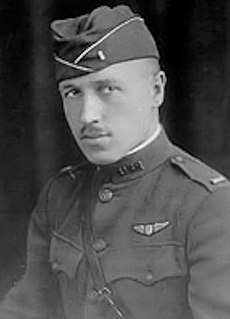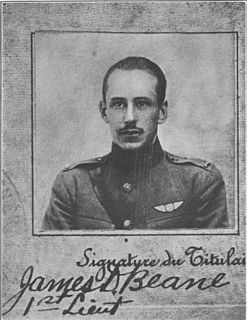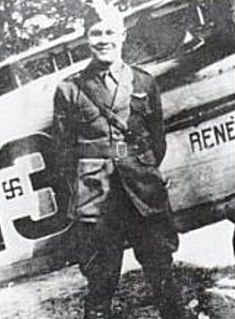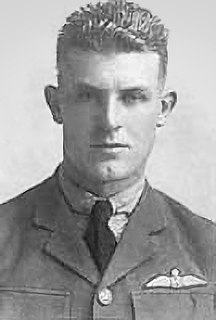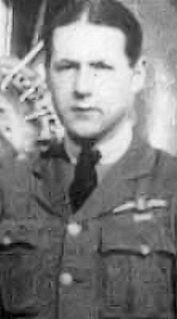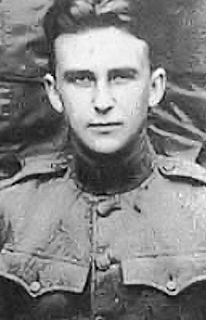| Harold Koch Boysen | |
|---|---|
Harold Koch Boysen, 1918 | |
| Born | 2 November 1891 Lake Benton, Minnesota, United States |
| Died | 20 February 1963 Harris County, Texas, USA |
| Allegiance | |
| Service/ | Royal Air Force (United Kingdom) |
| Years of service | 1917 - 1918 |
| Rank | Lieutenant |
| Unit | Royal Air Force |
| Battles/wars | |
| Awards | Silver Medal for Military Valor |
Lieutenant Harold Koch Boysen was a World War I flying ace credited with five aerial victories. [1] [2]

World War I, also known as the First World War or the Great War, was a global war originating in Europe that lasted from 28 July 1914 to 11 November 1918. Contemporaneously described as "the war to end all wars", it led to the mobilisation of more than 70 million military personnel, including 60 million Europeans, making it one of the largest wars in history. It is also one of the deadliest conflicts in history, with an estimated nine million combatants and seven million civilian deaths as a direct result of the war, while resulting genocides and the 1918 influenza pandemic caused another 50 to 100 million deaths worldwide.

A flying ace, fighter ace or air ace is a military aviator credited with shooting down several enemy aircraft during aerial combat. The actual number of aerial victories required to officially qualify as an ace has varied, but is usually considered to be five or more.
Boysen joined the Royal Flying Corps in June 1917. After training, he was assigned to 66 Squadron to fly a Sopwith Pup. He would not have any success until the unit re-equipped with Sopwith Camels and transferred fronts from France to northern Italy. [2] He scored a victory in December 1917. In January 1918, he crashed while landing in a fog, and was injured. [1] Upon recovery, he then scored four more times in May 1918, including one win shared with Lieutenant Christopher McEvoy. [1]

The Royal Flying Corps (RFC) was the air arm of the British Army before and during the First World War, until it merged with the Royal Naval Air Service on 1 April 1918 to form the Royal Air Force. During the early part of the war, the RFC supported the British Army by artillery co-operation and photographic reconnaissance. This work gradually led RFC pilots into aerial battles with German pilots and later in the war included the strafing of enemy infantry and emplacements, the bombing of German military airfields and later the strategic bombing of German industrial and transport facilities.

The Sopwith Pup was a British single-seater biplane fighter aircraft built by the Sopwith Aviation Company. It entered service with the Royal Flying Corps and the Royal Naval Air Service in the autumn of 1916. With pleasant flying characteristics and good manoeuvrability, the aircraft proved very successful. The Pup was eventually outclassed by newer German fighters, but it was not completely replaced on the Western Front until the end of 1917. Remaining Pups were relegated to Home Defence and training units. The Pup's docile flying characteristics also made it ideal for use in aircraft carrier deck landing and takeoff experiments.

The Sopwith Camel was a British First World War single-seat biplane fighter aircraft introduced on the Western Front in 1917. It was developed by the Sopwith Aviation Company as a successor to the earlier Sopwith Pup and became one of the best known fighter aircraft of the war.




